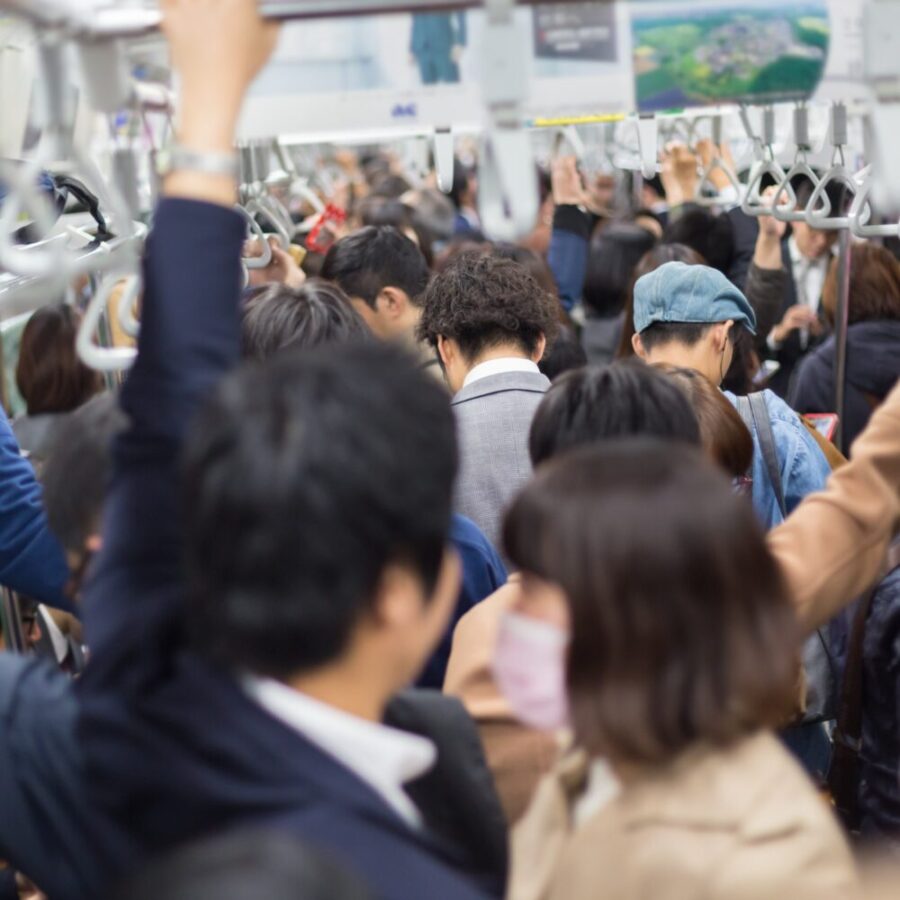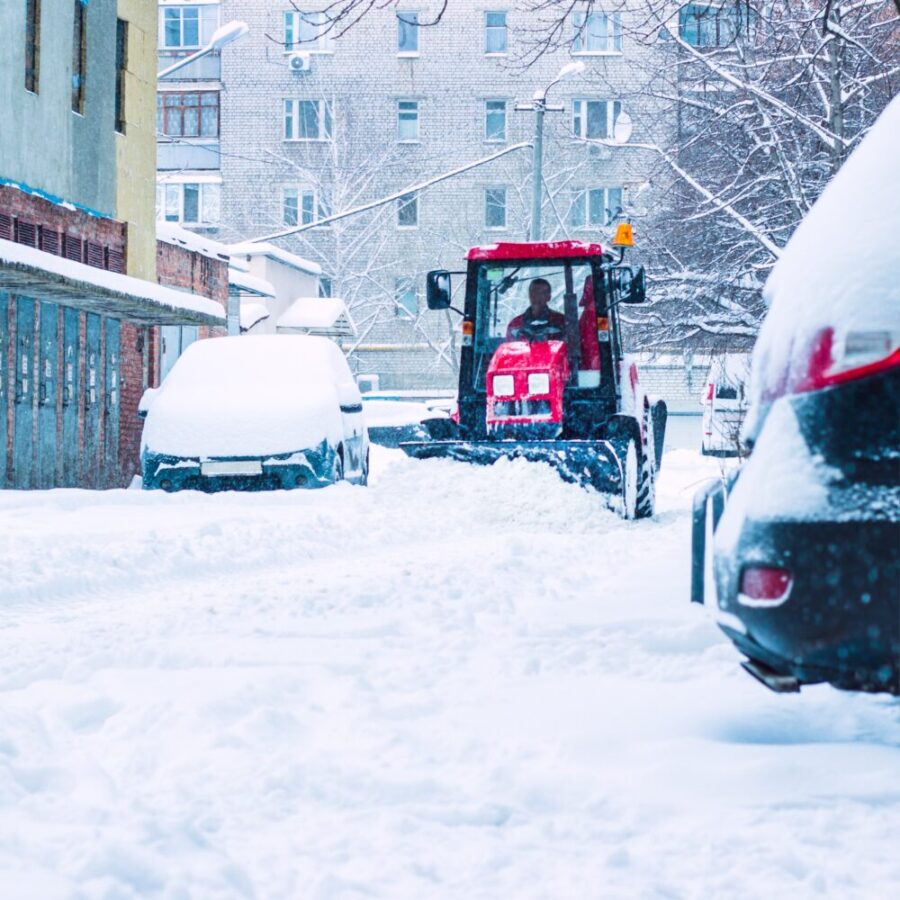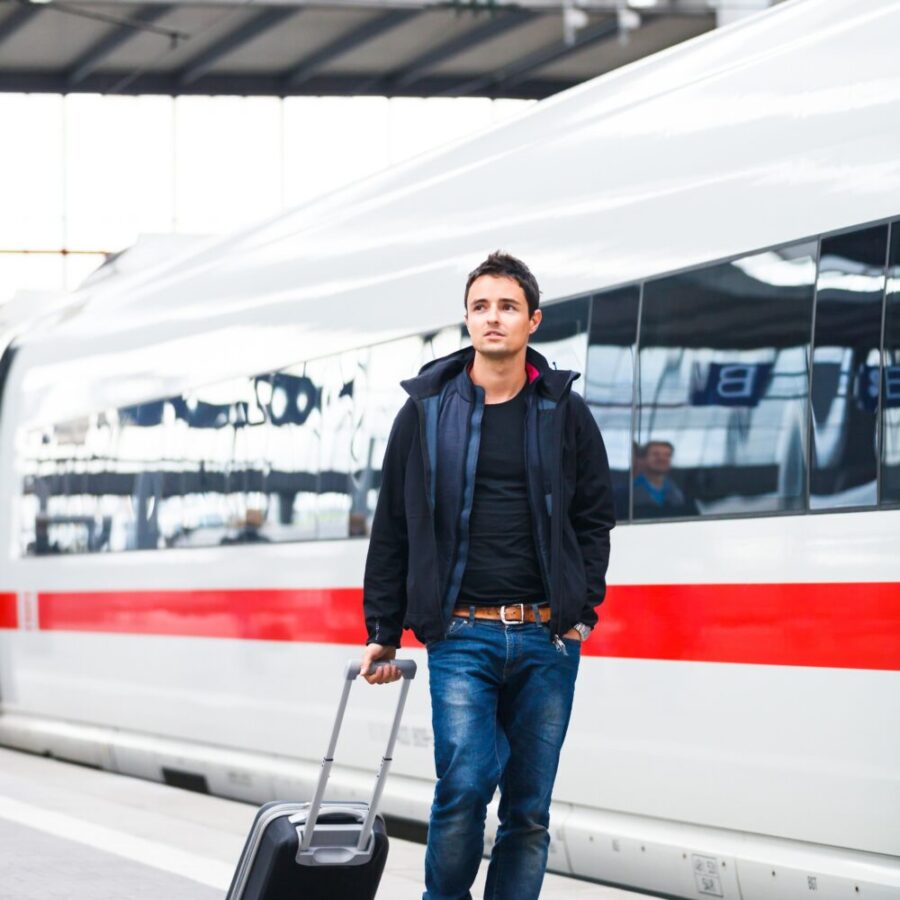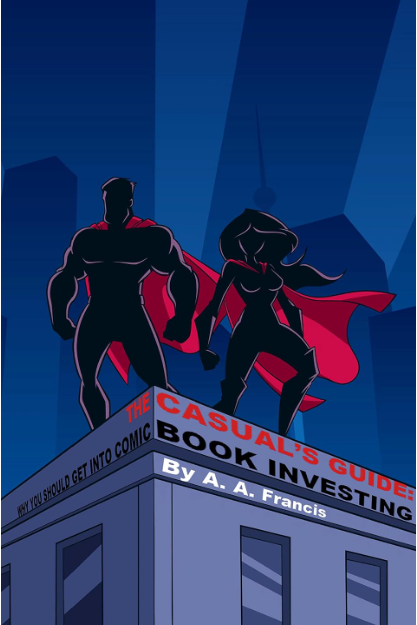14 Annoying Public Transit Problems Everyone Hates

Public transportation offers convenience and affordability but often comes with its own set of frustrations. Many commuters encounter similar issues that can make their daily rides stressful. Addressing these public transit problems can enhance everyone’s commuting experience. Here are some common complaints highlighting the need for public transportation improvements.
1. Overcrowded Vehicles

One of the most common public transit problems is overcrowded buses and trains. During peak hours, finding a seat is sometimes nearly impossible, leading to uncomfortable standing conditions. This overcrowding often results in delays as passengers struggle to board and exit. Increasing vehicle frequency and capacity could alleviate this issue.
2. Unreliable Schedules

Unreliable schedules are a significant source of frustration for commuters. Delays and inconsistent arrival times can throw off entire travel plans, causing people to be late for work or appointments. Real-time tracking apps help but aren’t always accurate or available. Ensuring timely and predictable service should be a priority for transit authorities.
3. Poor Cleanliness

Maintaining cleanliness in public transit vehicles is essential for a pleasant commute. Dirty seats, littered floors, and unpleasant odors are common complaints. Regular cleaning and maintenance can significantly improve the rider experience. Public awareness campaigns can also encourage passengers to keep transit spaces clean.
4. Lack of Accessibility

Many public transit systems still struggle with accessibility for people with disabilities. Broken elevators, steep stairs, and narrow aisles make it difficult for those who rely on wheelchairs or other mobility aids. Improving accessibility features is crucial to ensure equitable access for all users, as investing in better infrastructure makes transit more inclusive.
5. Inadequate Safety Measures

Safety is a significant concern for many public transit users. Insufficient lighting, lack of security personnel, and poorly maintained equipment can make passengers feel unsafe. Enhancing security measures and maintaining vehicles properly can help mitigate these concerns. Safe transit environments encourage more people to use public transportation.
6. Long Wait Times

Long wait times between buses or trains can be incredibly frustrating, especially during inclement weather. Reducing wait times by increasing service frequency can improve the reliability of public transit. Better coordination between connecting routes is also essential.
7. Poor Route Coverage

Limited route coverage leaves many areas underserved, forcing residents to rely on less convenient or more expensive transportation options. Expanding routes to cover more neighborhoods can make public transit a viable option for more people. Comprehensive coverage is especially critical in suburban and rural areas, where effective route planning can reduce transit deserts.
8. Uncomfortable Conditions

Uncomfortable conditions on public transit can make commutes unpleasant. Issues like poor ventilation, lack of heating or cooling, and hard seats contribute to an unenjoyable experience. Upgrading vehicles to provide better comfort can enhance rider satisfaction, with even simple improvements often making a big difference in daily commutes.
9. Lack of Information

A lack of clear information about routes, schedules, and delays can frustrate passengers. Real-time updates and clear signage are essential for navigating public transit systems. Mobile apps and websites can provide valuable information but must be accurate and user-friendly.
10. Fare Evasion

Fare evasion is a persistent problem affecting public transit systems’ revenue and efficiency. It can lead to higher costs for paying passengers and reduced funding for service improvements. Implementing stricter enforcement and convenient payment options can help reduce fare evasion, ensuring fairness in fare collection.
11. Unpredictable Weather Impact

Weather conditions can significantly disrupt public transit services. Snow, rain, and extreme temperatures often lead to delays and cancellations, stranding passengers. Reliable service despite weather challenges builds trust in public transportation, so cities should invest in weather-resistant infrastructure and contingency plans to minimize disruptions.
12. Noise Pollution

Noise pollution on public transit, whether from loud conversations, music, or the vehicles themselves, is a major annoyance to many riders. Excessive noise can make it difficult to relax or focus during the ride. Implementing noise control measures and encouraging considerate behavior can reduce this issue.
13. Poor Customer Service

Negative interactions with transit staff can leave a lasting impression on passengers. Rude or unhelpful staff can exacerbate the frustration of dealing with other transit problems. Providing training and promoting a customer-friendly culture is essential, as good customer service can significantly enhance the public transit experience.
14. Connectivity Issues

Many transit systems lack seamless connectivity between different modes of transportation. Poorly coordinated schedules and long transfer times can make multi-leg commutes a hassle. Integrating services to ensure smooth transitions between buses, trains, and other transit options is crucial. Plus, efficient connectivity encourages more people to use public transit.
Why Addressing Public Transit Problems Is Crucial

Addressing these common public transit problems can significantly improve the commuting experience. Solutions like increasing vehicle capacity, maintaining reliable schedules, and enhancing safety measures are vital. Investing in better infrastructure and customer service will make public transportation more appealing. With the right improvements, public transit can become a more convenient and enjoyable option for everyone.
Read More:
14 Reasons Why You Should Think Twice Before Buying an Electric Car
Road Trip: Saving on Highway Travel
Catherine is a tech-savvy writer who has focused on the personal finance space for more than eight years. She has a Bachelor’s in Information Technology and enjoys showcasing how tech can simplify everyday personal finance tasks like budgeting, spending tracking, and planning for the future. Additionally, she’s explored the ins and outs of the world of side hustles and loves to share what she’s learned along the way. When she’s not working, you can find her relaxing at home in the Pacific Northwest with her two cats or enjoying a cup of coffee at her neighborhood cafe.




